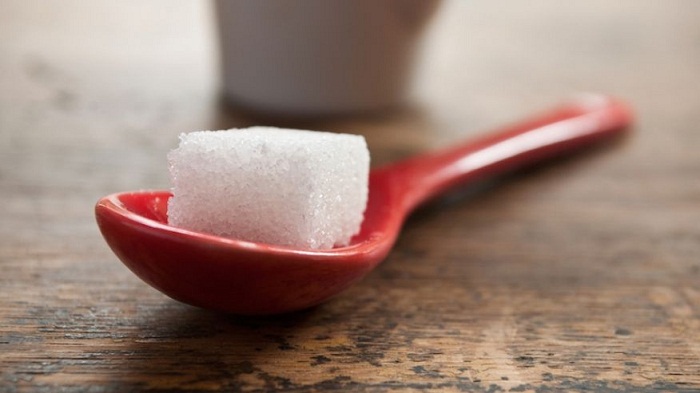Later, the men received lunch, and were told to eat until they were full. They then went home and used a food diary to keep track of the calories they ate for the rest of the day.
The researchers found that, regardless of the type of sweetener in the men`s beverages at breakfast, the study participants consumed about the same number of calories by the end of the day (around 2,300 calories). That`s because participates ate slightly more at lunchtime on the days they had the no-calorie beverages at breakfast, compared with the days when they had the sugar-sweetened beverages .
"The energy `saved` from replacing sugar with non-nutritive sweetener was fully compensated for at subsequent meals in the current study," Siew Ling Tey, who was a study researcher and is at the Agency for Science, Technology and Research (A*STAR) in Singapore, said in a statement .
In addition, although participants experienced spikes in blood sugar levels shortly after consuming the real-sugar beverage at breakfast, they experienced an even larger spike in blood sugar levels after lunch on the days when they consumed the no-calorie beverages. This meant that overall blood-glucose levels averaged out to about the same for all groups during a 3-hour period before and after lunch, the study said.
The researchers noted that their study was small and that each sweetener was tested on only a single day. Longer-term studies are needed to determine the prolonged effects on people`s body weight and blood sugar levels of consuming different types of sugar and sweeteners, the investigators said.
The study will be published in an upcoming issue of the International Journal of Obesity, and an early version of the paper was published online Dec. 13.
More about:
















































